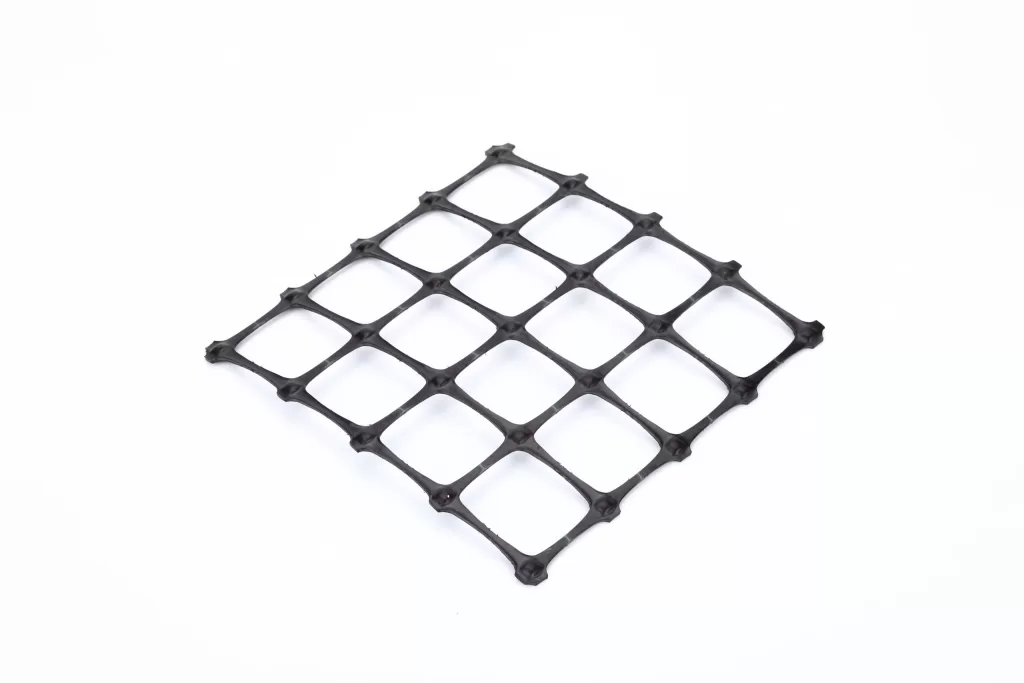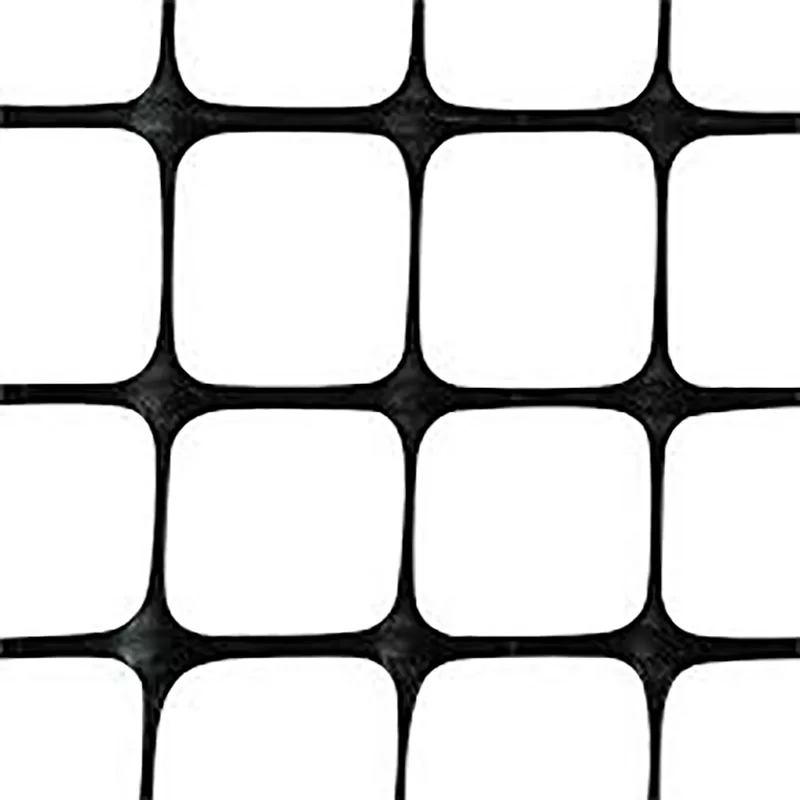+86-159 9860 6917
info@geofantex.com
geofantex@gmail.com
+86-400-8266163-44899
Geogrids are an essential component in modern construction, particularly when it comes to supporting retaining walls. These synthetic materials, often made from polymers, are designed to reinforce soil and provide stability to structures. In this article, we will delve into the key aspects of geogrids, focusing on their role in retaining wall support. We will answer common questions to help you understand their types, uses, and installation.
What are the Three Types of Geogrids?
Geogrids come in three primary types, each with distinct characteristics and applications: Uniaxial, Biaxial, Triaxial, and Geogrid-Geotextile Composites:
- Uniaxial Geogrids: These geogrids are designed to be strong in one direction, making them ideal for applications where loads are applied predominantly in one direction, such as in retaining walls and steep slopes. They provide excellent reinforcement by aligning the soil particles and distributing the load evenly.
- Biaxial Geogrids: Unlike uniaxial geogrids, biaxial geogrids are strong in both the longitudinal and transverse directions. They are commonly used for soil stabilization and base reinforcement in road construction, parking lots, and other areas where loads are applied in multiple directions.
- Triaxial Geogrids: These are the latest innovations in geogrid technology, offering multidirectional strength. Triaxial geogrids are particularly effective in distributing loads more evenly and providing superior stability. They are used in a variety of applications, including foundation reinforcement and heavy-duty pavements.
- Geogrid-Geotextile Composites: These combine the reinforcement properties of geogrids with the separation and filtration capabilities of geotextiles. These composites are used in applications requiring both soil stabilization and drainage, offering a multifaceted solution to complex engineering challenges.

Should I Use Geogrid for Retaining Walls?
Yes, using geogrid for retaining walls is highly recommended. Geogrids enhance the stability and strength of retaining walls by reinforcing the soil and preventing movement. They are particularly beneficial for taller retaining walls or those built on unstable soil. By incorporating geogrids, you can improve the wall’s ability to withstand lateral earth pressures and reduce the risk of failure. Including geogrid can be an incredibly important step to creating a long-lasting retaining wall that’s functional and attractive.
Where to Put Geogrid in Retaining Wall?
Geogrid should be placed at intervals throughout the height of the retaining wall to provide adequate reinforcement. The typical placement involves:
- Base Layer: The first layer of geogrid is usually installed at the base of the retaining wall to ensure stability from the ground up.
- Subsequent Layers: Additional layers of geogrid are placed at regular intervals, often every 1-2 feet of wall height or every other course of the retaining wall, depending on the wall’s design and soil conditions.
- Behind the Wall: Geogrids extend from the back of the retaining wall into the soil, creating a reinforced zone that helps distribute loads and prevent soil movement.
By following these guidelines, geogrids provide essential support and stability to retaining walls.
How Far Back Should Geogrid Go on a Retaining Wall?
The distance that geogrid should extend back from a retaining wall depends on the wall’s height and the type of soil being reinforced. As a general rule:
- For short retaining walls (up to 4 feet): Geogrid should extend at least 3 feet back from the wall.
- For taller retaining walls (over 4 feet): The length of the geogrid should be at least 60% to 100% of the wall’s height. For example, a 10-foot-tall retaining wall should have geogrid extending 6 to 10 feet back into the soil. Additionally, top layers of geogrid shall never be more than 3 units from the top of the wall.
This extension helps create a stable mass of soil that works with the geogrid to resist the pressures exerted by the retained soil.
Geogrids play a crucial role in providing retaining wall support, offering enhanced stability and strength through soil reinforcement. Understanding the different types of geogrids, their proper placement, and how far they should extend into the soil is essential for constructing durable and reliable retaining walls. Whether you are building a small garden wall or a large structural barrier, incorporating geogrids into your design can significantly improve performance and longevity.



Get Free Sample
We’ll respond as soon as possible(within 12 hours)






















